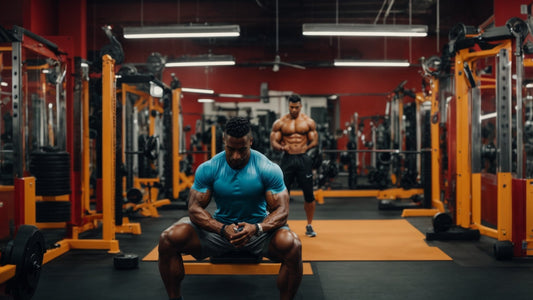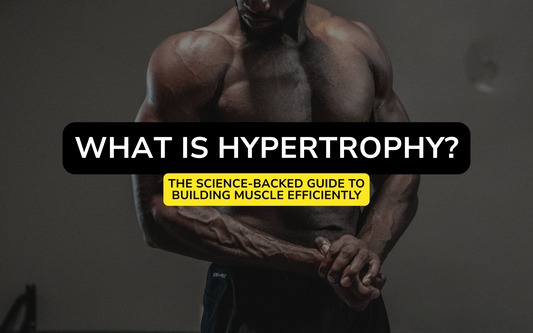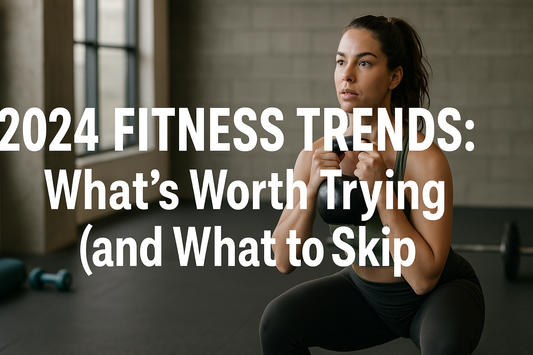What Are Squats?
The squat is a fundamental lower body exercise that targets your quadriceps, glutes, hamstrings, and core. Proper form activates over 200 muscles while protecting joints.
How to Squat with Proper Form
Bodyweight Squat Technique
- Stand with feet shoulder-width apart, toes slightly out
- Initiate movement by pushing hips back (imagine sitting in chair)
- Lower until thighs parallel to floor, knees tracking over toes
- Keep chest up and spine neutral
- Drive through heels to return to standing
Pro Tip: Press knees outward during descent to engage glutes.
Top 5 Benefits of Squats
- Builds functional leg strength for daily activities
- Increases bone density in hips and spine
- Enhances athletic performance and jump height
- Boosts calorie burn through full-body engagement
- Improves mobility and balance
Most Common Squat Mistakes (With Fixes)
Mistake #1: Knee Collapse
Fix: Strengthen glutes with banded squats and focus on "knees out" cue
Mistake #2: Heels Lifting
Fix: Shift weight to mid-foot, improve ankle mobility with calf stretches
Mistake #3: Rounding Lower Back
Fix: Engage core before descending, reduce depth if needed
Squat FAQs
How deep should I squat?
Aim for thighs parallel to floor. Depth depends on mobility - only go as low as you can maintain neutral spine.
Are squats bad for knees?
Properly performed squats actually strengthen knees. A 2022 study showed 18% reduction in knee pain with supervised squat training.
Back squat vs front squat?
Back squats emphasize glutes/hams, front squats target quads. Most lifters benefit from alternating both.
Weighted Squat Progressions
- Beginner: Bodyweight → Goblet squats
- Intermediate: Back squats → Front squats
- Advanced: Overhead squats → Pistol squats
Add weight only when you can do 3x15 perfect bodyweight squats.







